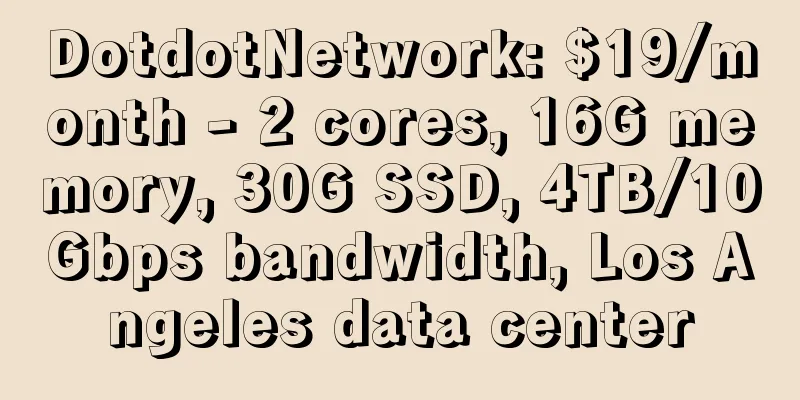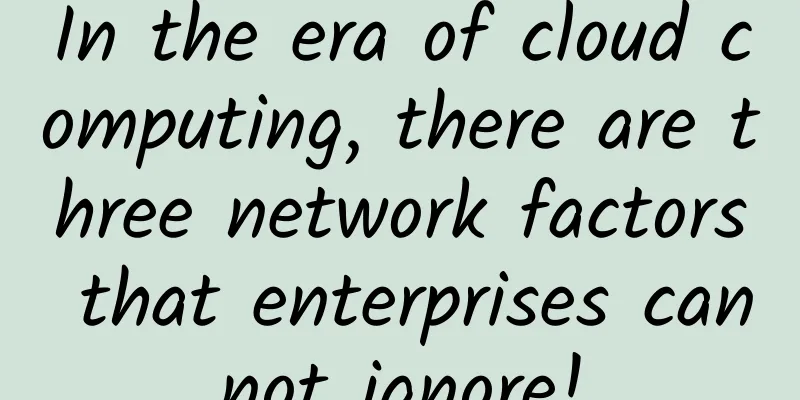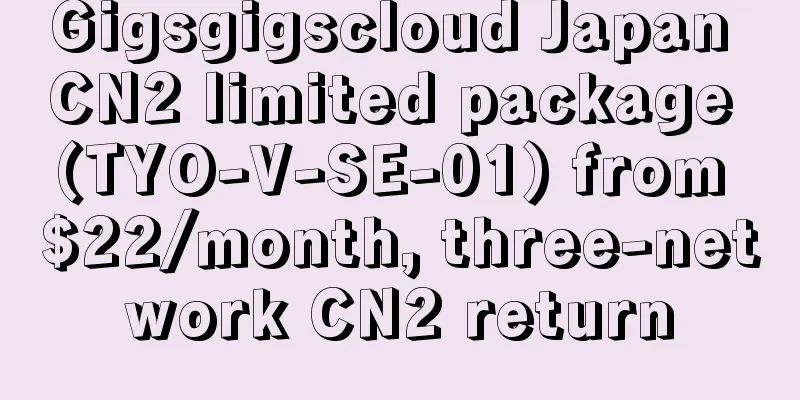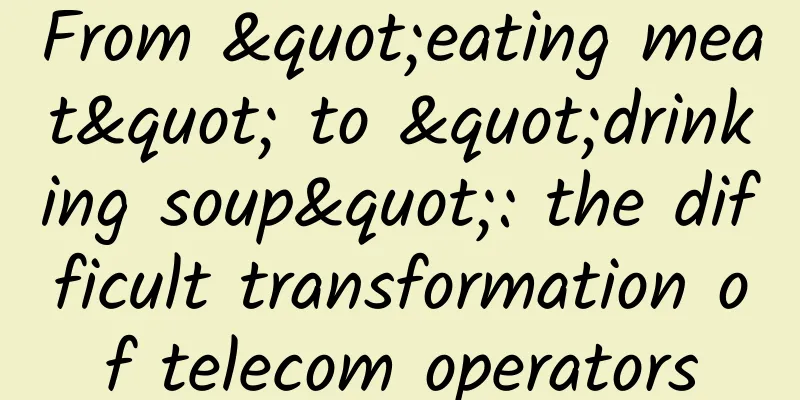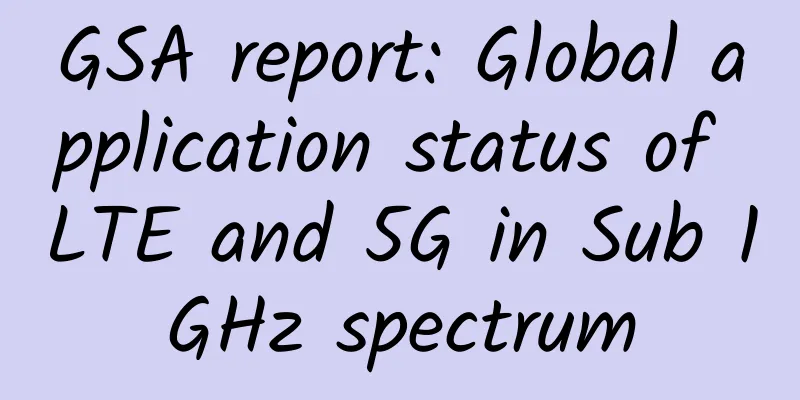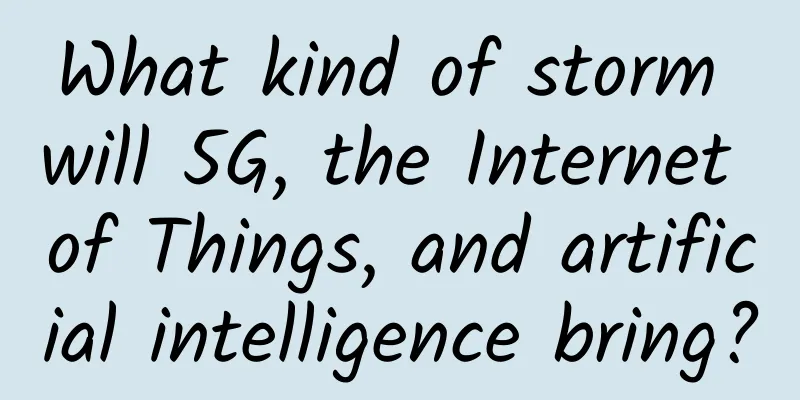A table to understand the difference between 5G and Wi-Fi 6
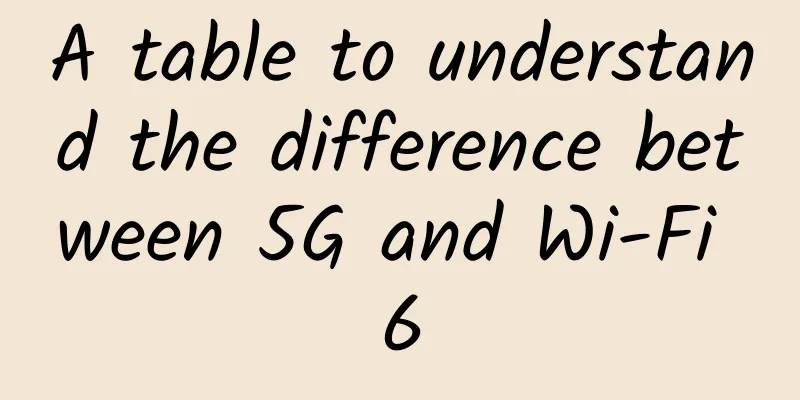
Spectrum TypeTraditionally, cellular networks operate in licensed spectrum and Wi-Fi operates in unlicensed spectrum. However, in the 5G era, this division has gradually become blurred. On the one hand, some countries, such as Germany, the United Kingdom, Japan, France, and the United States, have allocated localized spectrum for 5G private networks, which can be used after enterprises apply for approval; on the other hand, the standard-defined NR-U is a 5G wireless network that operates in unlicensed spectrum. Judging from this trend alone, Wi-Fi 6 faces greater competitive pressure from cellular networks than previous generations. MobilityCellular networks are designed for mobility, and they have a natural advantage over Wi-Fi in this regard. But Wi-Fi can also support inter-AP roaming through gateways, which can expand WLAN to a larger coverage area. However, 5G has a complete and mature mechanism for reselection, switching, and redirection, while Wi-Fi 6 needs to disconnect and reconnect, and the roaming interruption time is longer. CoverageBecause the licensed spectrum allows higher transmission power, the coverage range of 5G Small Cells is typically 100 to 300 meters, which is larger than the coverage range of indoor Wi-Fi (usually within 50 meters). Chip/Terminal CostWi-Fi 6 chips are cheaper than 5G chips, with obvious cost advantages. Deployment CostFor wide-area coverage, 5G has the advantage of coverage capability and can reuse the existing 2/3/4G site deployment, and the deployment cost is lower than Wi-Fi. But for enterprise LAN scenarios, the cost of building new 5G networks and deploying terminal equipment is much higher than Wi-Fi at present. However, since 5G has more advantages in anti-interference, reliability, low latency, multiple connections, mobility, etc., for some services with higher requirements for latency, reliability, etc., such as automated control, 5G private networks still need to be deployed. In the medium and long term, it is believed that the deployment cost of 5G private networks will decrease, and once the cost drops low enough, it is believed that more companies will consider replacing part or all of the Wi-Fi network with 5G. In general, 5G and Wi-Fi 6 are both competitors and complements. At the same time, with the evolution of technology and applications, entering the 5G and Wi-Fi 6 era, the boundary between cellular networks and Wi-Fi is becoming increasingly blurred. |
<<: Weibu Online was shortlisted for CDM 2021 Black Unicorn Awards
>>: Seven distributed global ID generation strategies, which one do you prefer?
Recommend
DigitalVirt: Los Angeles AS9929 line starting at 39 yuan/month, 1GB/20G NVMe/1TB monthly traffic
DigitalVirt is a Chinese hosting company founded ...
CloudCone: $69/month-E3-1270v2, 32G memory, 512G SSD, 100M/1Gbps bandwidth, Los Angeles MC data center
We often share information about VPS hosts provid...
Yunfan Accelerator CTO Fu Kai: Stick to the origin and become a technical CDN company
On April 12-13, 2017, the 2017 Asia Pacific CDN S...
Design and implement a TCP protocol semi-connected port scanner
A student fan sent a question: From the title, yo...
How to build a secure HTTPS site step by step
[[261093]] Usually a web site opens HTTPS. Taking...
MIIT releases three-year action plan for industrial internet
MIIT releases three-year action plan for industri...
Unity Online Technology Conference officially opens, with major upgrades to hardcore technology
Beijing, November 17, 2020 - On the evening of th...
5G mobile phones are coming! Who will be the next Nokia?
"With 43 million analog mobile phone users, ...
Hosteons Salt Lake City AMD Ryzen Series Promotion $3/month-1GB/20G NVMe/4TB@10Gbps Bandwidth
Hosteons is currently promoting the Salt Lake Cit...
LOCVPS: 40% off for native IP in Osaka, Japan/30% off for Hong Kong Cloud/20% off for other sites
LOCVPS has launched a promotional event for July ...
8 Internet startups that could change the industry
The current network industry seems to no longer f...
LOCVPS: 30% off US XEN architecture VPS, 20% off all VPS, Japan/Singapore XEN architecture monthly payment starting from 29.6 yuan
LOCVPS sent a promotional plan for XEN architectu...
Juniper Networks continues to innovate and breaks down four barriers to embrace the era of digital convergence
[51CTO.com original article] The 2017 Juniper Net...
Review of the top ten 5G trends in 2021: coverage, applications, and a future
Looking back at the communications industry this ...
How much do you know about the development of Wi-Fi?
As someone who uses Wi-Fi every day, have you eve...
